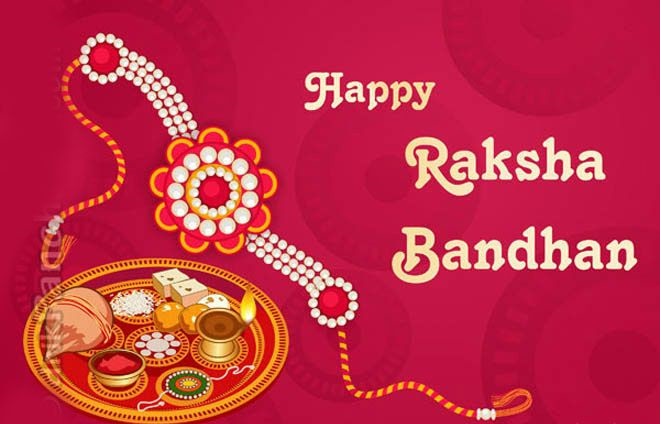Dussehra in 2020 : Defeat of Demon King Ravana by Lord Rama.
Dussehra in 2020
Celebrating the Defeat of Demon King Ravana by Lord Rama.
The tenth day of the Navaratri festival is known as Dussehra, or Vijaya Dashami. Dussehra falls on the 10th day (Dashami) of the month of Ashwin on the Hindu lunar calendar. It's widely devoted to celebrating the defeat of the demon king Ravan by Lord Rama.
According to the holy Hindu text "The Ramayana," the 10-headed demon king Ravan kidnapped Lord Rama’s wife Sita and took her to Sri Lanka. Lord Rama asked Ravan to return his wife, but Ravan refused. With the help of his brother, Lakshmana, and Lord Hanuman, the monkey god with the gift of flight, Lord Rama set out to Sri Lanka to confront Ravan and retrieve Sita. Rama enlisted the help of his troops to built a bridge across the ocean (this is believed to have existed off the coast of Dhanuskodi in Tamil Nadu) and engage in a fierce battle with Ravan to get Sita back.
It was prolonged and tiring, but Rama ultimately pierced Ravan's body with hundreds of arrows. Finally, he was able to defeat Ravan by using the Brahmasthra (a powerful celestial weapon created by Lord Brahma) and was reunited with Sita.
For Hindus, Dusshera is therefore an auspicious time for reestablishing faith in the victory of good over evil.

When is Dussehra in 2020, 2021 and 2022?
- In 2020, Dussehra is on October 25.
- In 2021, Dussehra is on October 15.
- In 2022, Dussehra is on October 5.
Dussehra Date Detailed Information
Although Dussehra falls on a single day each year, celebrations for the holiday actually take place on various days before and after the calendar date in different places across India. This is important to know in case you want to experience the festivities in various locations. Below are details about some of the Dussehra celebrations across India.- In Delhi, Ramlila performances happen all over the city from the first day of Navaratri until Dussehra. The performances, which tell the life story of Lord Rama, culminate with the defeat and burning of the demon king Ravan on Dussehra. For more information on the performances put on during Navratri in Delhi.
- In Ramnagar near Varanasi, Dussehra celebrations start around a month prior to the actual day of Dussehra and end on the full moon after Dussehra. The featured celebration is the world's oldest Ramlila performance, which has been running for nearly 200 years.
- In Mysore in Karnataka, Dussehra is known as Dasara. Celebrations run for 10 days, starting at the beginning of Navaratri and culminating in a grand street parade on the last day.

- In Kota in Rajasthan, Dussehra is a huge production. In the past a three-day rural fair was held during Dussehra with 20 to 25-foot-tall effigies of the demons Ravan, Kumbhkaran, and Meghnad. Now the festival lasts for 25 days, starting a week before Dussehra day, and the effigies of Rave, Kumbhkaran, and Meghnad are a whopping 75 feet tall.
- In the Kullu Valley of Himachal Pradesh, celebrations start on Dussehra and continue for a week. A highly decorated statue of Lord Rama (also called Ragunath) is placed on a chariot and transported to various sites.
- In the tribal Bastar region of Chhattisgarh, Dussehra is the biggest festival of the year and runs for a lengthy 75 days! It's often referred to as the longest festival in the world. Celebrations intensify three days before Dussehra, and reach their peak a day after Dussehra. However, the Bastar celebration is not connected to the story of Lord Rama. Rather, the 75-day celebration honors the indigenous gods and goddesses of the local tribes.
- In West Bengal, Dussehra is celebrated as Durga Puja. On Vijaya Dashami, Durga idols are immersed in a local river to symbolize Durga's reunion with Shiva.





Comments
Post a Comment